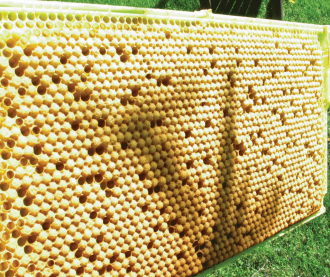
When Is Your Colony Ready For The Puberty Talk?
By: Michael Smith Puberty is an unlikely topic for a beekeeping journal, but it is a special time in any organism’s life, and I’ll…
Read More
By: Michael Smith Puberty is an unlikely topic for a beekeeping journal, but it is a special time in any organism’s life, and I’ll…
Read More
By: Clarence Collison Recognition Within the honey bee colony, recognition of nestmates from aliens is based on olfactory cues. Recognition of colony members is…
Read More
2016 International Conference on Pollinator Biology, Health and Policy The Center for Pollinator Research at Penn State University will be hosting the third International…
Read More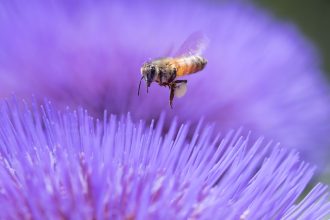
On the 13th of August we’re holding our second Pollinator Day here at the Root Company’s Pollinator Meadow, behind our Corporate Headquarters. There’s a…
Read More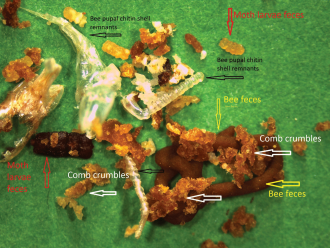
By: Don Coats You never know what you might find. Bee Pupal Chitin Shell Remnants were rather abundant. This might suggest that pupae were being…
Read More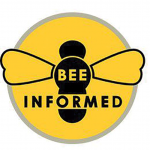
By: Natalie Steinhauer Interpreting and understanding the difference in colony loss numbers between the different national surveys. Over the last year, and for the…
Read More
An Overview By: Robert Owen Pests, Pesticides, Land Use Lead The Way The triumph of modern agriculture is the enormous increase in productivity of…
Read More
By: Sharla Riddle Zap! Stings happen. Even the most experience beekeepers catch a sting occasionally. It’s the price we pay for those beautiful jars…
Read More
By: Clarence Collison Wings and Flight “Wings are not true appendages like the legs but are thin outgrowths of the skeleton which have been…
Read More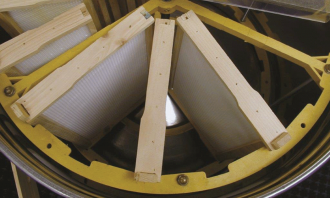
By: Ann Harman Never again! The club’s two-frame, hand-cranked extractor was just fine a few years ago for Robert’s two hives but this year with…
Read More
by Lloyd Harris Every tangible object can be represented with an oval, a rectangle, a triangle, or some combination of the three basic object…
Read More
by Clarence Collison Honey bee larvae are frequently inspected and, sometimes, provided with food by adult workers, but the stimuli that elicit the important…
Read More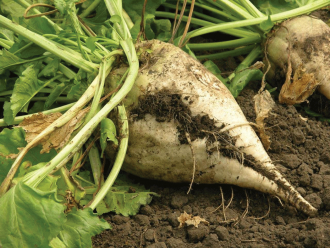
by Ann Harman Over the many centuries of man’s association with bees, including throughout beekeeping husbandry, one fact was well-known – if there…
Read More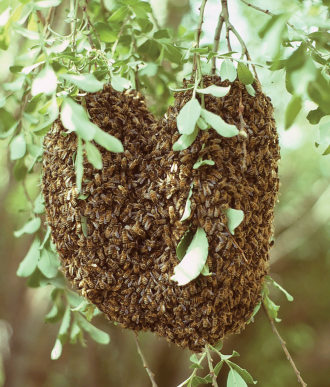
by Ann Chilcott Just imagine returning home relishing setting down overfilled grocery bags, and sitting in the shade with a nice cup of…
Read More
by Sharla Riddle Here’s an “eye-popping” fact: The USDA estimates that 80% of insect crop pollination is accomplished by bees. Scientists consider…
Read More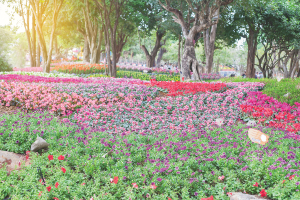
by Jenny Flores We have all heard about the disappearance of honey bees and there is certainly cause for concern. With honey bees…
Read More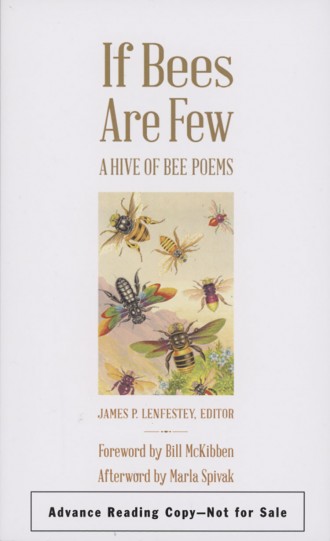
If Bees Are Few. A HIVE OF BEE POEMS. Edited by James P. Lenfestey. Foreword by Bill McKibben. Afterword by Marla Spivak. Published by…
Read More
by Clarence Collison Synthetic Brood Pheromone. Honey bee brood pheromone is a blend of 10 simple fatty-acid esters that are extractable from the larval…
Read More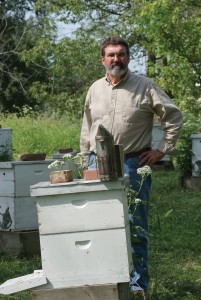
by Phil Craft A beekeeper in Georgia writes: Enjoy your column in Bee Culture very much. Got a problem. South GA-and probably lots of…
Read More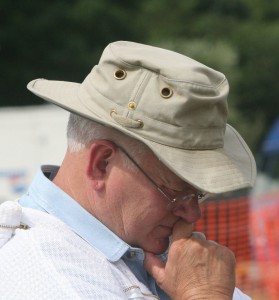
Tanging a swarm? Maybe or maybe not. Double screens for winter nuc survival. Are you sure? Drumming Bees. Was it ever effective? Queen excluders…
Read More